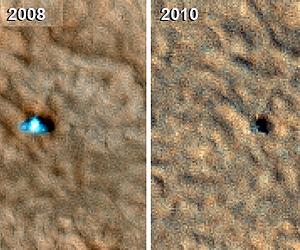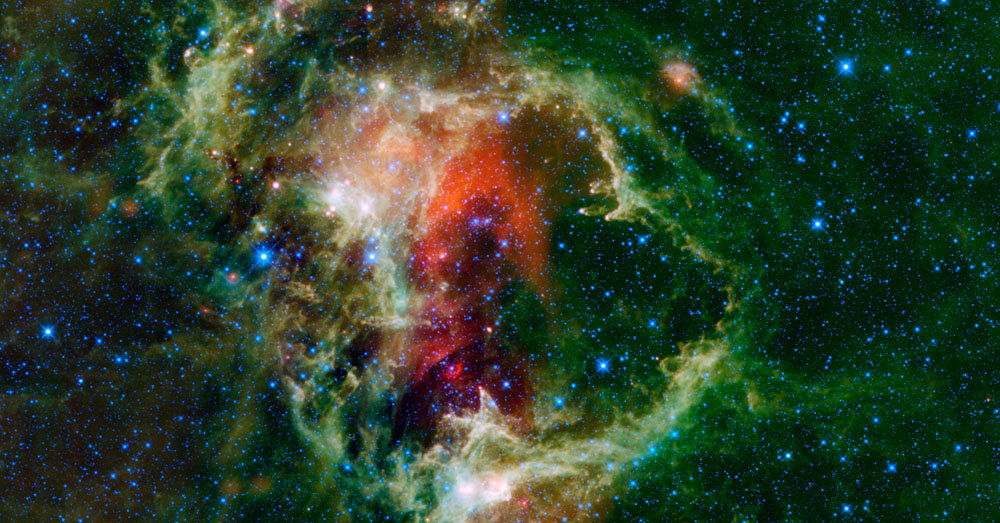IntroductionIn "Digital Maosim", an original essay written for Edge, computer scientist and digital visionary

Jaron Lanier
finds fault with what he terms the new online collectivism. He cites as an example the Wikipedia, noting that "reading a Wikipedia entry is like reading the bible closely. There are faint traces of the voices of various anonymous authors and editors, though it is impossible to be sure".
His problem is not with the unfolding experiment of the Wikipedia itself, but "the way the Wikipedia has come to be regarded and used; how it's been elevated to such importance so quickly. And that is part of the larger pattern of the appeal of a new online collectivism that is nothing less than a resurgence of the idea that the collective is all-wise, that it is desirable to have influence concentrated in a bottleneck that can channel the collective with the most verity and force. This is different from representative democracy, or meritocracy. This idea has had dreadful consequences when thrust upon us from the extreme Right or the extreme Left in various historical periods. The fact that it's now being re-introduced today by prominent technologists and futurists, people who in many cases I know and like, doesn't make it any less dangerous".
And he notes that "the Wikipedia is far from being the only online fetish site for foolish collectivism. There's a frantic race taking place online to become the most "Meta" site, to be the highest level aggregator, subsuming the identity of all other sites".
Where is this leading? Lanier calls attention to the "so-called 'Artificial Intelligence' and the race to erase personality and be most Meta. In each case, there's a presumption that something like a distinct kin to individual human intelligence is either about to appear any minute, or has already appeared. The problem with that presumption is that people are all too willing to lower standards in order to make the purported newcomer appear smart. Just as people are willing to bend over backwards and make themselves stupid in order to make an AI interface appear smart (as happens when someone can interact with the notorious Microsoft paper clip,) so are they willing to become uncritical and dim in order to make Meta-aggregator sites appear to be coherent."
Read on as Jaron Lanier throws a lit Molotov cocktail down towards Palo Alto from up in the Berkeley Hills...
- JB

